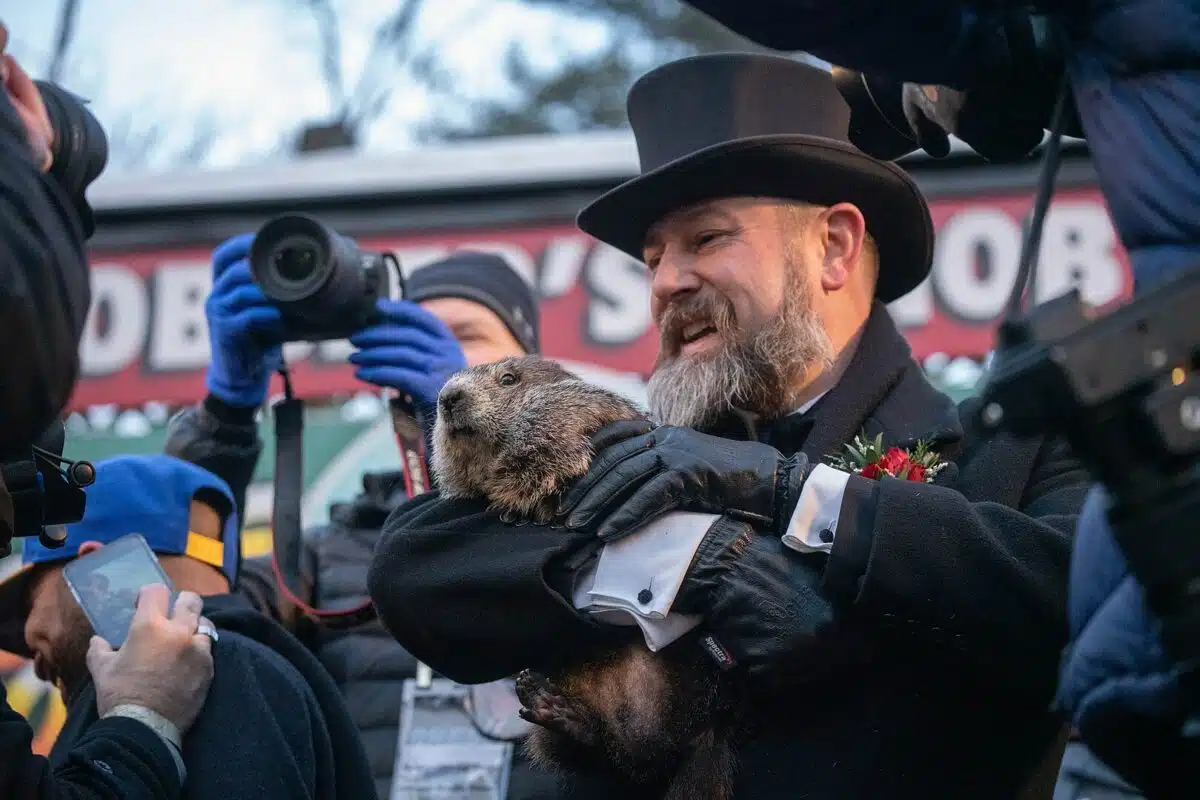National Groundhog Day, celebrated on February 2nd each year, is a uniquely American tradition that captivates the imagination of many. This day revolves around the folklore that a groundhog, emerging from its burrow, can predict the weather. If it sees its shadow due to clear weather, it will retreat back into its burrow, indicating six more weeks of winter. Conversely, spring will arrive early if it does not see its shadow because of cloudiness.
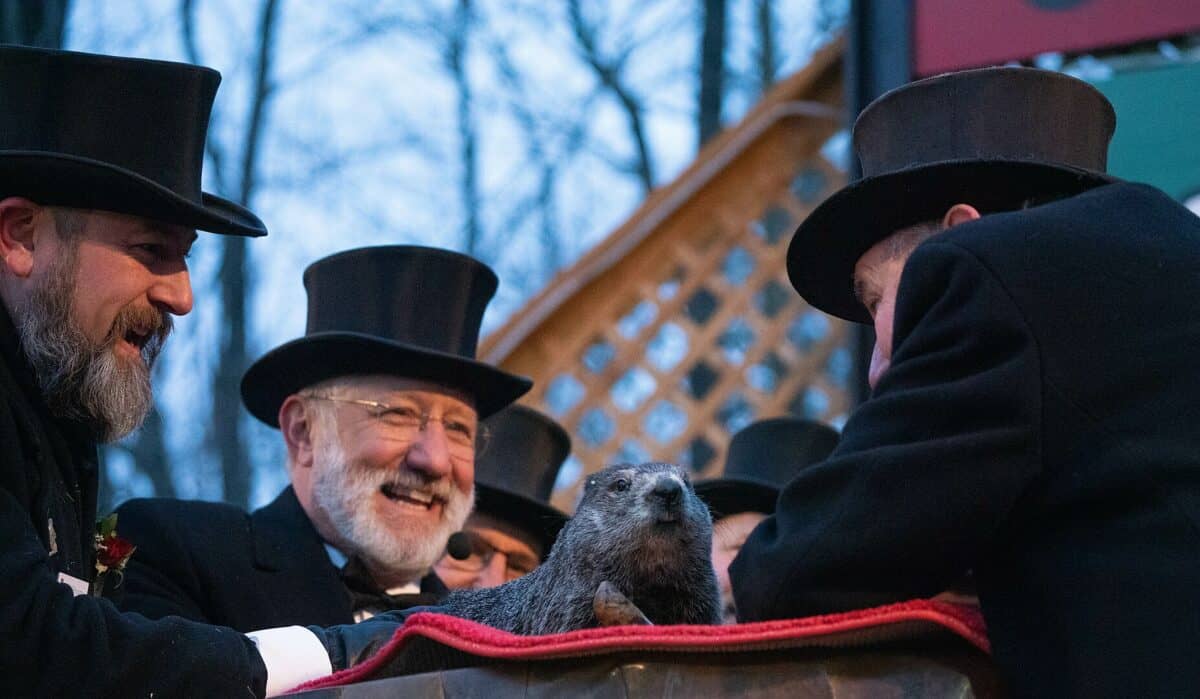
The Ceremony at Punxsutawney
The most famous Groundhog Day celebration takes place in Punxsutawney, Pennsylvania, where Punxsutawney Phil, the groundhog, makes his annual weather prediction. The event draws thousands of spectators from all over the country and even from abroad. The ceremony is conducted by the Inner Circle, a group of local dignitaries responsible for planning the event and caring for Phil. The tradition in Punxsutawney started in the 1880s and has grown into a national phenomenon, with Phil’s prediction broadcast across the country.
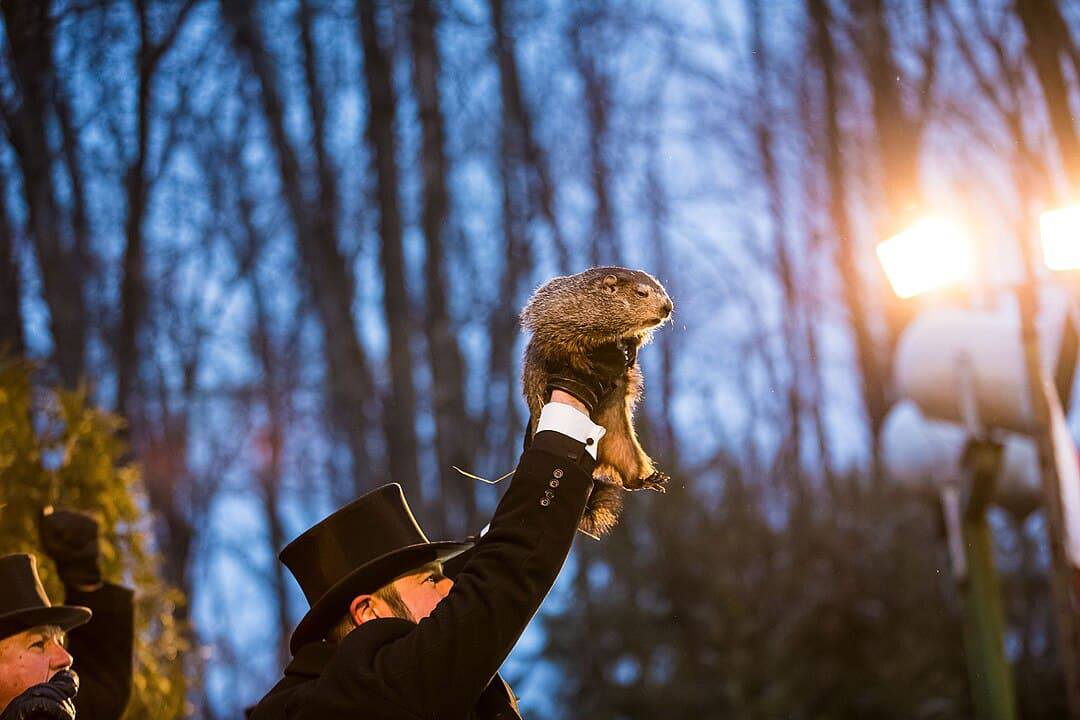
Historical Origins
Groundhog Day has ancient origins, tracing back to Candlemas Day, a Christian holiday. The day marks the midpoint between the winter solstice and the spring equinox. Folklore from various European cultures held that if the weather were fair on Candlemas, the second half of winter would be cold and stormy. Immigrants to America, particularly those settling in Pennsylvania, brought this tradition with them, adapting it to use a groundhog as the weather predictor.
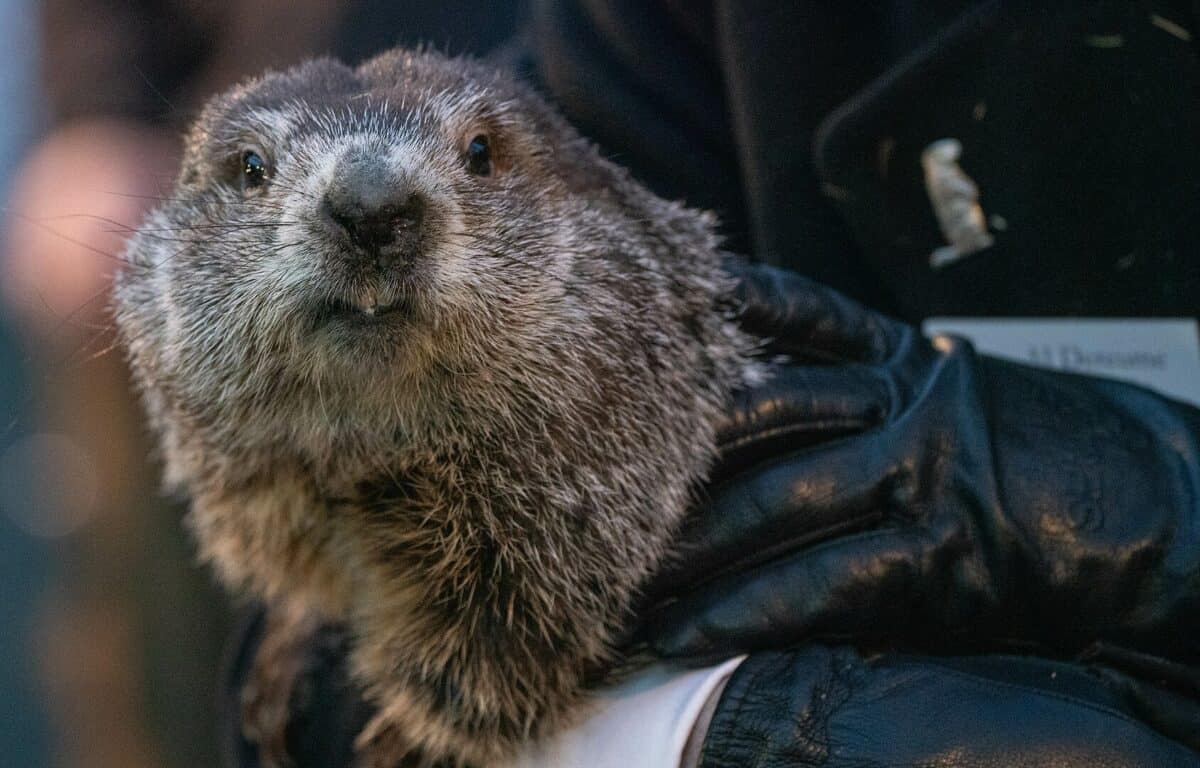
Modern Celebrations
Today, Groundhog Day is celebrated with a mix of festivity and folklore. Schools, communities, and television stations across the United States tune in to see whether Phil predicts an extended winter or an early spring. The event in Punxsutawney features music, food, and speeches, making it a festive occasion regardless of the prediction. Other towns across North America have their own groundhogs, such as Wiarton Willie in Canada and General Beauregard Lee in Georgia, but none as famous as Punxsutawney Phil.

Facts About Groundhogs
Groundhogs, also known as woodchucks, are fascinating creatures beyond their weather-predicting fame. Here are some quick facts:
- Scientific Name: Marmota monax
- Lifespan: Up to 6 years in the wild
- Diet: Herbivores, eating vegetables, fruits, and grasses
- Hibernation: Groundhogs are hibernators, experiencing a significant drop in heart rate and body temperature during winter months.
- Burrowing: They are excellent diggers, with burrows extending up to 66 feet long and containing multiple chambers.
- Communication: Groundhogs use a variety of sounds to communicate, including whistles, barks, and grunts.
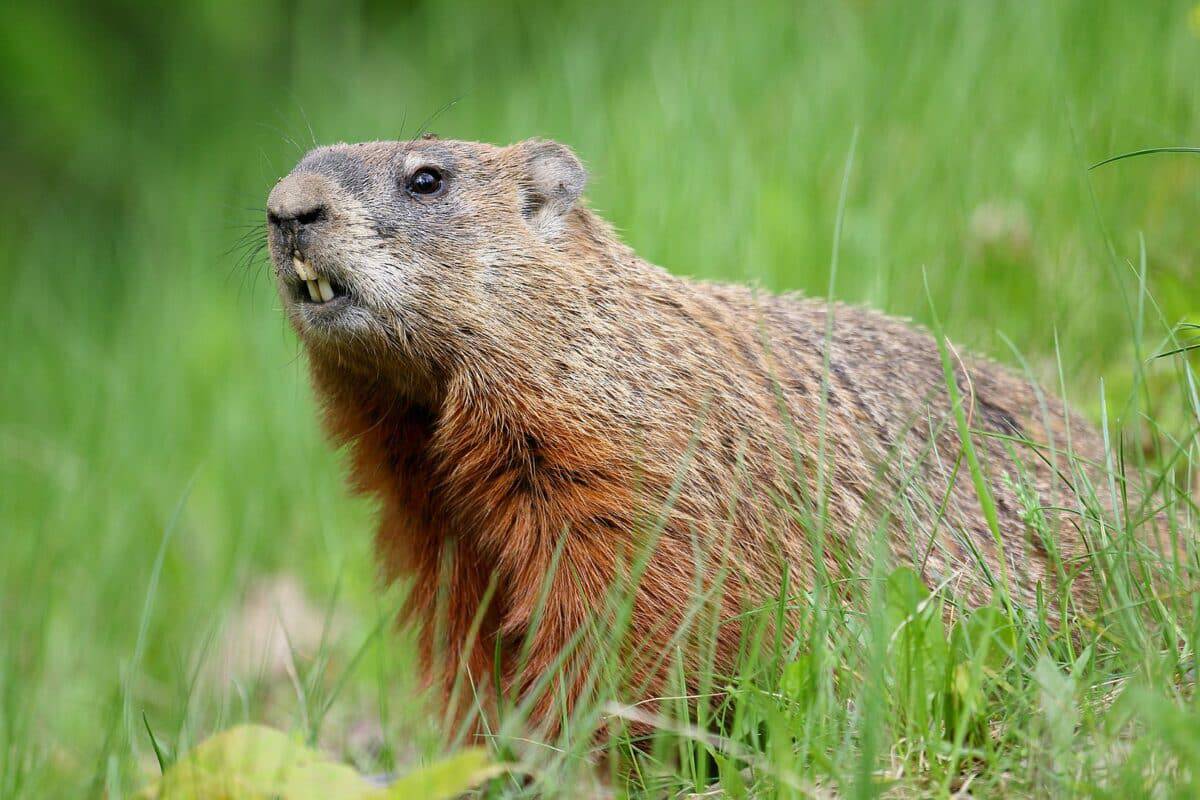
Conclusion
While the accuracy of the groundhog’s weather prediction is subject to debate, the joy and festivity it brings each year are undeniable. As we continue to celebrate this unique day, we also gain an opportunity to learn more about the natural world and the creatures that inhabit it, like the groundhog. Whether Punxsutawney Phil sees his shadow or not, this day will remain a cherished part of American culture.
You might also enjoy:
Watch a Gorilla Pet a Groundhog
Groundhog Called Chunk Steals Veggies and Becomes a Star
Join our Forum for free today!

- The Bond Between a Wild Baby Bison and Her Rescuer - July 20, 2024
- An Excited Husky’s First Ever Time in Snow - July 20, 2024
- Top 20 Colorful Species To Brighten Your Day - July 14, 2024

